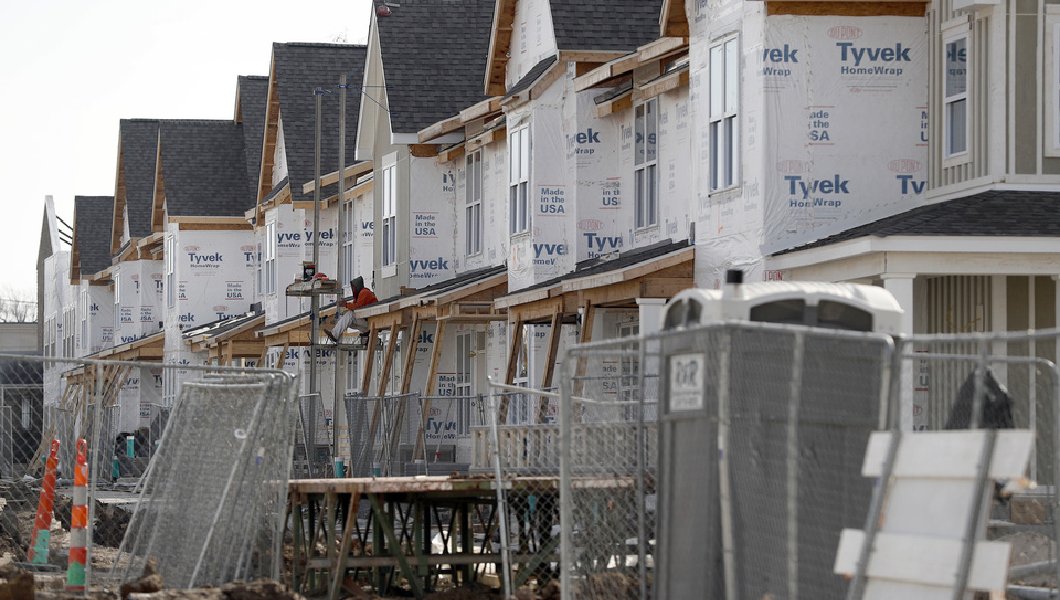The affordable housing shortage in the United States real estate market was put in stark terms in October when Freddie Mac reported that homes accessible to very low-income Americans dropped by in excess of 60% in a mere six years between 2010 to 2016.

What Trump’s tax reform may mean to affordable housing & The Real Estate Market
The units, intended for individuals who make under 50% of the area median income, have started to run short as a result of rising rents, stagnant wages, and fluctuations in federal programs that subsidize housing.
To affordable housing advocates, it’s an obvious signal that the country can’t sustain an interruption to the construction of new affordable housing. Yet that’s exactly what the Trump administration’s tax reform proposal – highlighted by a corporate income tax cut from 35 to 20% – risks doing in the event the tax incentives big banks receive to invest in affordable housing projects are weakened.
The proposal – released on Thursday – doesn’t incorporate a direct assault on the tax credit accountable for almost all new affordable housing starts, referred to as Low-Income Housing Tax Credit (LIHTC), but Trump’s corporate tax cut proposal may have unintended and potentially dire consequences for a nation that’s already spending more and more simply to make rent.
A repeal of LIHTC, which seems to be averted at the moment, “would see protection and preservation of affordable housing grind to a near halt,” said Andrea Ponsor, Executive Vice President for Policy at Stewards of Affordable Housing for the Future. “But I think folks are cautiously optimistic. I think there’s a broad recognition on all sides of the aisle and all over the country that we need to invest in housing for people at all income levels.”
LIHTC, created as part of the Tax Reform Act of 1986, plays a part in financing pretty much all new affordable housing construction in America. As outlined by data furnished by the U.S. Department of Housing and Urban Development (HUD), the program produced 2,402,484 low-income housing units between 1986 and 2016.